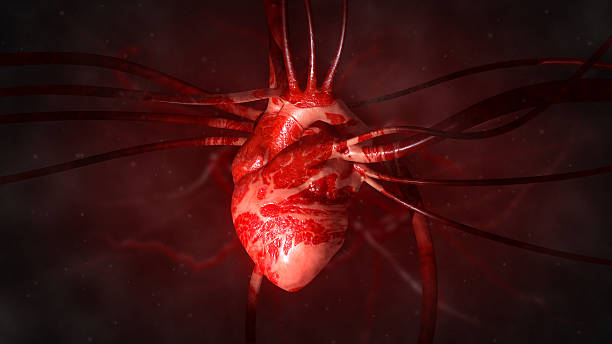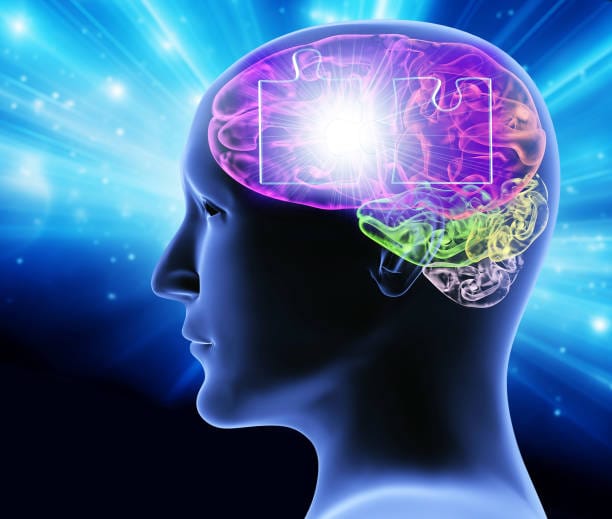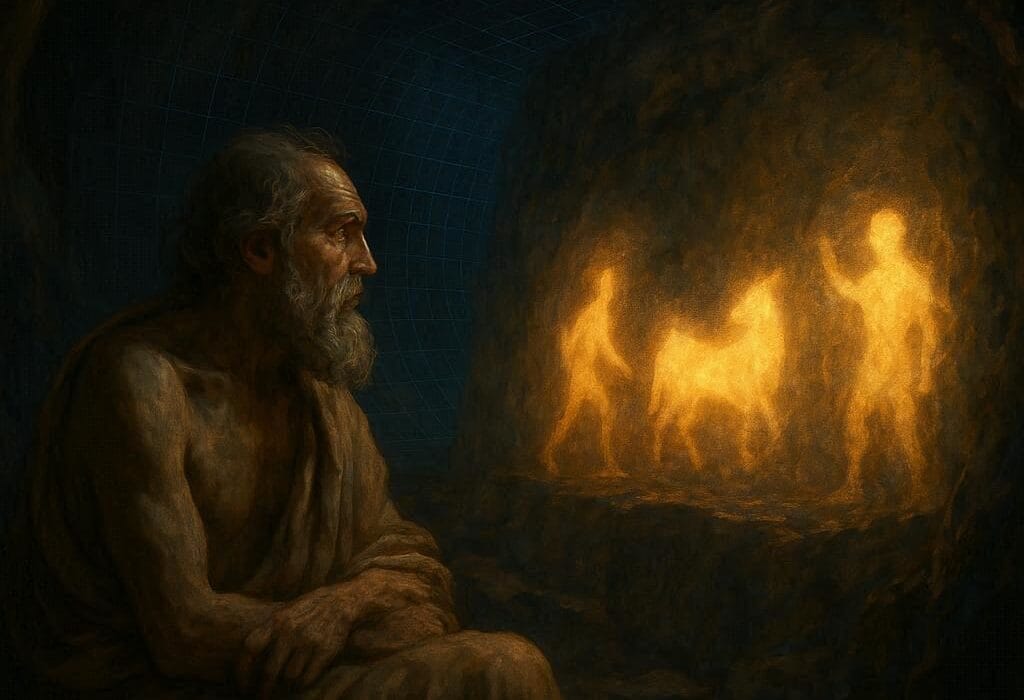The human heart has always been more than just an organ—it is a symbol of life, emotion, love, and courage. For centuries, people have gazed at the beating heart and wondered about its mysteries. Ancient healers saw it as the seat of the soul, poets celebrated it as the source of passion, and scientists sought to uncover its hidden workings.
Today we know that the heart is a muscular pump that keeps us alive, circulating blood and delivering oxygen to every cell in the body. But this knowledge did not arrive all at once—it is the product of centuries of observation, experimentation, breakthroughs, and revolutionary discoveries. The story of the heart is the story of human curiosity, persistence, and wonder.
In this article, we will explore fifteen of the most important discoveries about the human heart—milestones that transformed medicine, saved countless lives, and deepened our understanding of this extraordinary organ.
1. The Heart Is Not the Seat of the Soul
In the earliest days of human history, people believed the heart was not only the center of life but also the seat of the soul, intelligence, and emotions. Ancient Egyptians, for instance, thought the heart held a person’s essence and judged their worth in the afterlife. The Greek philosopher Aristotle believed the heart was the source of thought and sensation, while the brain was simply a cooling device.
It wasn’t until later that scientists discovered the heart’s true role: not as the home of the soul, but as the body’s vital pump. This shift marked the beginning of understanding the heart as a physical, biological organ rather than a mystical center of consciousness.
2. The Discovery of Blood Circulation
One of the most revolutionary moments in the history of medicine came in 1628 when English physician William Harvey published De Motu Cordis (“On the Motion of the Heart and Blood”). Before Harvey, physicians believed blood was produced in the liver and consumed by the body, flowing back and forth in mysterious ways.
Harvey’s meticulous experiments showed that the heart is a muscular pump that circulates blood continuously in one direction through the body. This discovery overturned centuries of medical tradition and laid the foundation for modern cardiology. Today, Harvey is remembered as the father of circulatory physiology.
3. The Anatomy of the Heart
Long before Harvey, ancient anatomists had begun mapping the heart’s structure. In the 2nd century CE, Galen, a Roman physician, described the chambers and valves of the heart, though his understanding was flawed. Galen believed blood seeped through invisible pores between the heart’s ventricles—a mistake that persisted for over a thousand years.
It wasn’t until the Renaissance that anatomists such as Andreas Vesalius corrected Galen’s errors. Vesalius’s groundbreaking work, De Humani Corporis Fabrica (1543), provided detailed and accurate illustrations of the human heart, transforming anatomy from speculation into science.
4. The Function of Heart Valves
The heart’s valves—tiny flaps of tissue that open and close with each beat—play a crucial role in ensuring blood flows in only one direction. Their importance was first recognized in the 16th century by anatomist Leonardo da Vinci, who not only drew detailed sketches of heart valves but also performed experiments with water to understand how they worked.
Da Vinci’s insights were far ahead of his time. Centuries later, scientists confirmed that valves prevent backflow and allow the heart to function as a one-way pump. Today, artificial valves save countless lives, a testament to the importance of this discovery.
5. Electrical Activity of the Heart
The discovery that the heart is not just a mechanical pump but also an electrical organ was a turning point in modern cardiology. In the late 19th century, scientists such as Wilhelm Einthoven developed the electrocardiograph (ECG or EKG), a machine that records the heart’s electrical signals.
This breakthrough revealed how electrical impulses trigger the contraction of heart muscles, creating a coordinated rhythm. The ECG allowed doctors to diagnose arrhythmias, heart attacks, and other cardiac conditions with remarkable precision. Einthoven received the Nobel Prize in 1924 for this life-saving innovation.
6. The Discovery of Coronary Arteries
The heart itself needs a blood supply to function, and this comes from the coronary arteries. Early anatomists had noted these vessels, but their critical importance became clear only in the 20th century, when researchers linked blocked coronary arteries to heart attacks.
Understanding the role of coronary arteries revolutionized cardiology. It led to the development of coronary artery bypass surgery, angioplasty, and stents—all modern treatments that save millions of lives by restoring blood flow to the heart.
7. The Link Between Cholesterol and Heart Disease
One of the most important discoveries of the 20th century was the connection between cholesterol and heart disease. Researchers found that high levels of low-density lipoprotein (LDL), often called “bad cholesterol,” increase the risk of atherosclerosis—fatty plaques that clog arteries.
This finding transformed medicine and public health. It led to lifestyle recommendations such as reducing saturated fat intake, increasing exercise, and using medications like statins to lower cholesterol. Today, managing cholesterol levels is one of the most effective ways to prevent heart disease.
8. The Understanding of Heart Attacks
For centuries, sudden chest pain and collapse were mysterious and terrifying events. It wasn’t until the 20th century that doctors realized these were heart attacks, caused by blocked coronary arteries that deprive part of the heart muscle of oxygen.
This understanding paved the way for life-saving treatments, from clot-busting drugs (thrombolytics) to emergency angioplasty. It also reshaped the way people view chest pain—not as a death sentence, but as a medical emergency that can often be treated successfully.
9. Development of Heart Surgery
Surgery on the heart was once thought impossible. The heart’s constant motion and delicate structure made it too dangerous to attempt. But in the 20th century, pioneers such as Dr. Alfred Blalock, Dr. C. Walton Lillehei, and Dr. Michael DeBakey broke barriers with daring operations.
The development of the heart-lung machine in the 1950s allowed surgeons to stop the heart temporarily while maintaining circulation, opening the door to open-heart surgery. Today, complex procedures such as valve replacements, bypass surgeries, and congenital defect repairs are performed routinely, saving lives that once would have been lost.
10. The Discovery of Pacemakers
When the heart’s natural electrical system fails, the rhythm can become dangerously slow or irregular. The invention of the pacemaker revolutionized treatment for such conditions.
In 1958, the first implantable pacemaker was placed in a patient in Sweden, marking the beginning of a new era in cardiac care. Modern pacemakers are small, sophisticated devices that regulate heartbeats and adapt to patients’ needs. For millions of people worldwide, they are the difference between life and death.
11. Heart Transplantation
One of the most dramatic milestones in cardiac medicine came in 1967, when South African surgeon Dr. Christiaan Barnard performed the first successful human heart transplant. Though the patient survived only 18 days, the procedure proved transplantation was possible.
Today, heart transplantation is a standard treatment for end-stage heart failure. Advances in immunosuppressive drugs, surgical techniques, and organ preservation have dramatically improved survival rates. Each transplant represents not only scientific progress but also a profound act of human compassion and courage.
12. The Role of Lifestyle in Heart Health
Scientific discoveries have shown that heart health is not only about anatomy and surgery—it is also about lifestyle. Research in the late 20th century revealed that diet, exercise, smoking, and stress have enormous impacts on cardiovascular health.
These findings shifted medicine from reactive to preventive care. Campaigns to reduce smoking, promote exercise, and encourage healthy eating have significantly lowered rates of heart disease in many countries. The discovery that simple lifestyle choices can protect the heart is one of the most empowering in medical history.
13. The Mapping of the Human Genome and Heart Disease
The completion of the Human Genome Project in 2003 opened new doors in understanding how genetics influences heart health. Researchers discovered genes linked to high blood pressure, cholesterol metabolism, and congenital heart defects.
This knowledge has paved the way for personalized medicine, where treatments can be tailored to an individual’s genetic profile. Though still in its early stages, genetic research promises to revolutionize how we prevent, diagnose, and treat heart disease in the future.
14. Stem Cells and Regeneration of Heart Tissue
For centuries, it was believed that once damaged, heart tissue could never regenerate. Recent discoveries in stem cell research have challenged this belief, offering hope that damaged hearts might one day heal themselves.
Scientists are exploring how stem cells can be used to repair heart tissue after a heart attack, potentially reducing scarring and restoring function. While clinical applications are still being tested, the possibility of regenerating a failing heart is one of the most exciting frontiers in cardiology.
15. Artificial Hearts and the Future of Cardiac Medicine
The ultimate symbol of human ingenuity is the development of the artificial heart. In 1982, Dr. Barney Clark became the first patient to receive a permanent artificial heart, called the Jarvik-7. Though his survival was limited, the experiment proved that replacing the human heart with a machine was possible.
Today, artificial hearts and advanced mechanical pumps (ventricular assist devices, or VADs) keep patients alive while they await transplants—or even as long-term solutions. The dream of building a fully functional, durable artificial heart is still unfolding, but progress has been remarkable.
Conclusion
The human heart is both a biological marvel and a symbol of human perseverance. From the ancient belief that it housed the soul to modern breakthroughs in genetics, surgery, and biotechnology, our understanding of the heart has transformed dramatically over the centuries.
Each discovery has brought us closer to saving lives, alleviating suffering, and appreciating the heart not just as a pump but as a miracle of evolution. The journey is far from over. With ongoing research into stem cells, artificial organs, and genetic medicine, the future holds even greater promise.
The story of the heart reminds us of the essence of science: to question, to explore, and to never stop seeking answers to life’s most vital mysteries.






